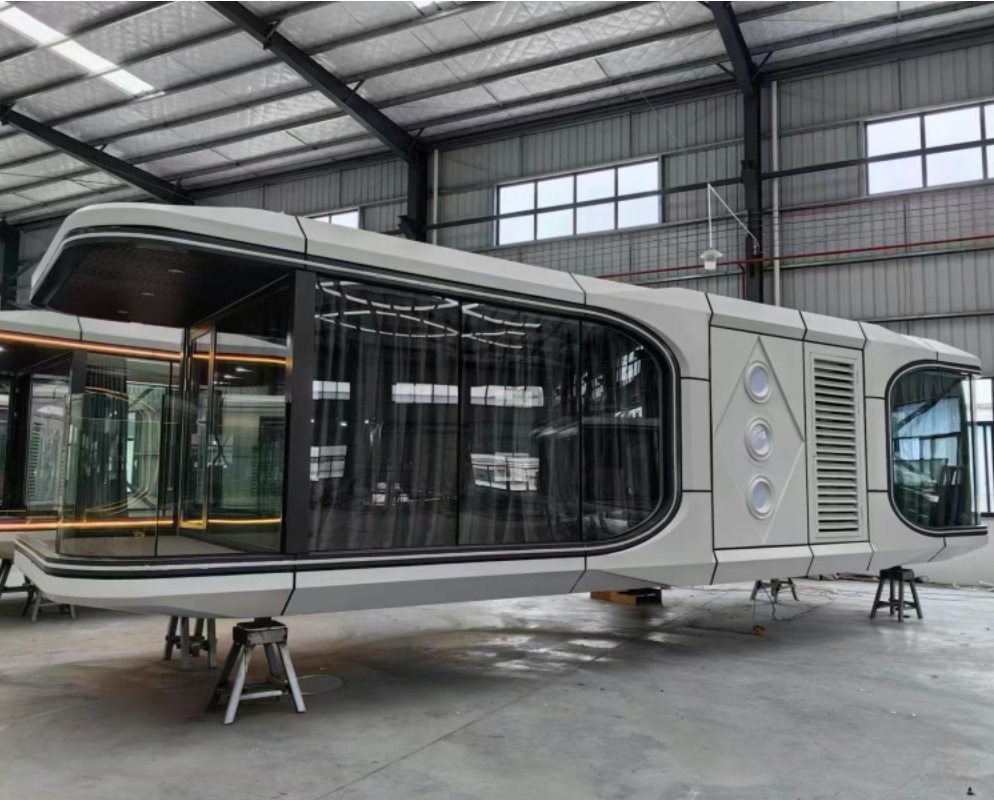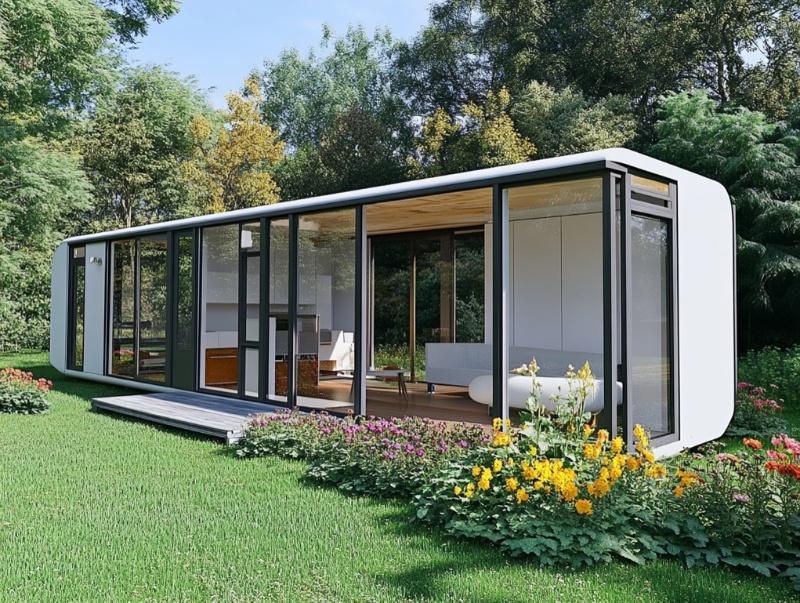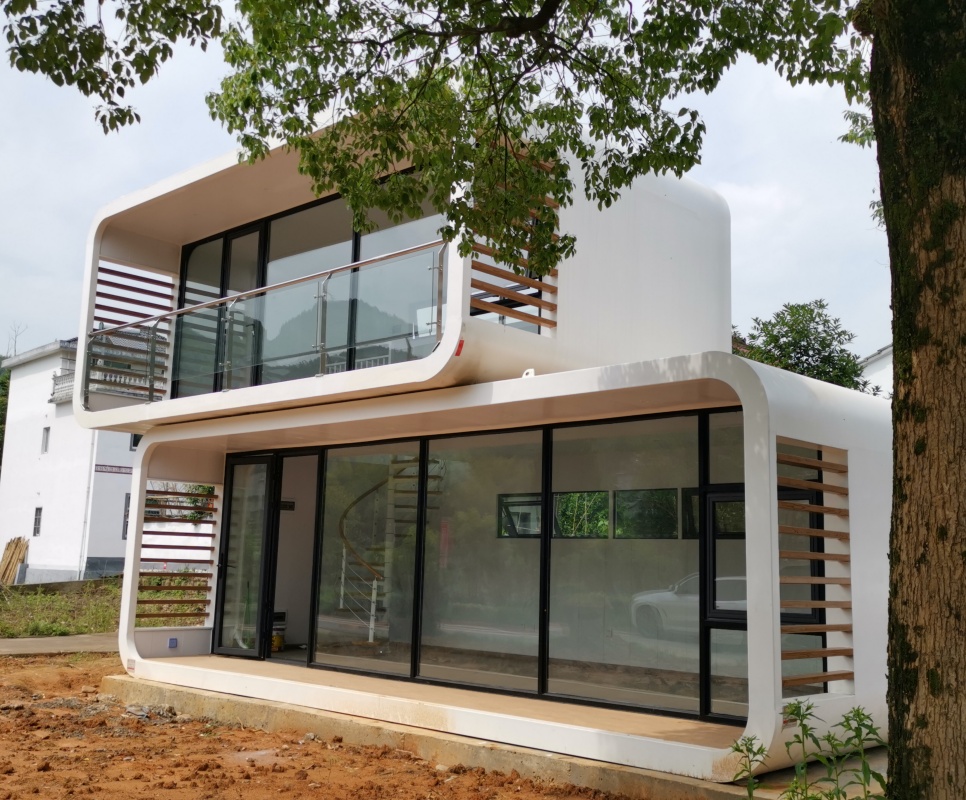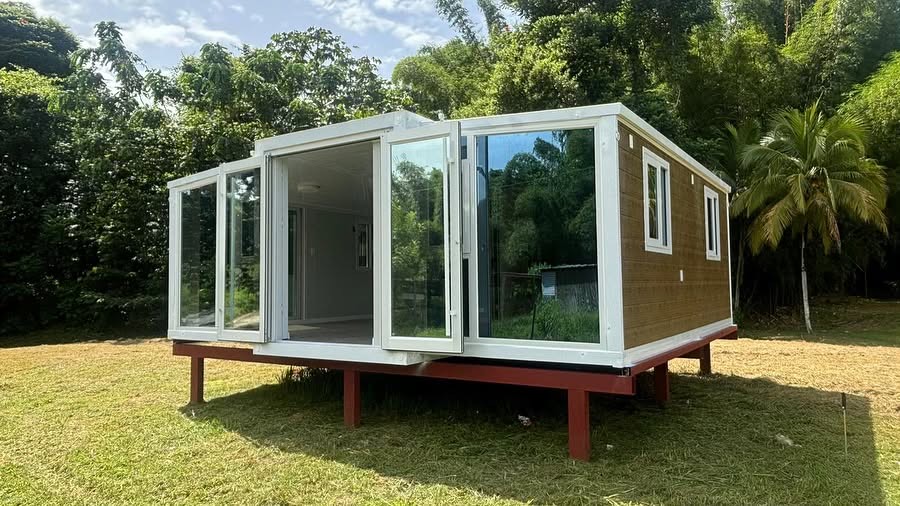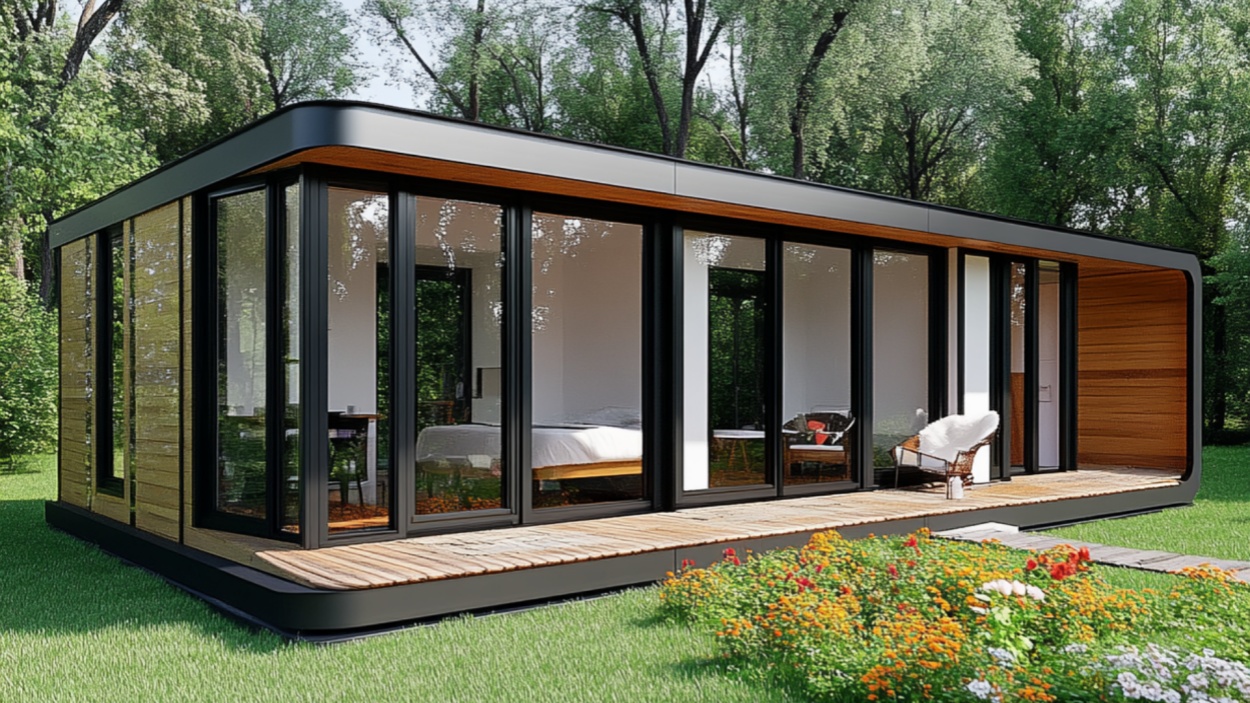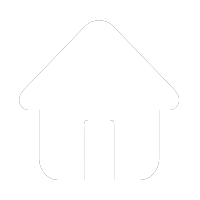Blog
Global Office Container Market: Rising Demand for Flexible Workspace
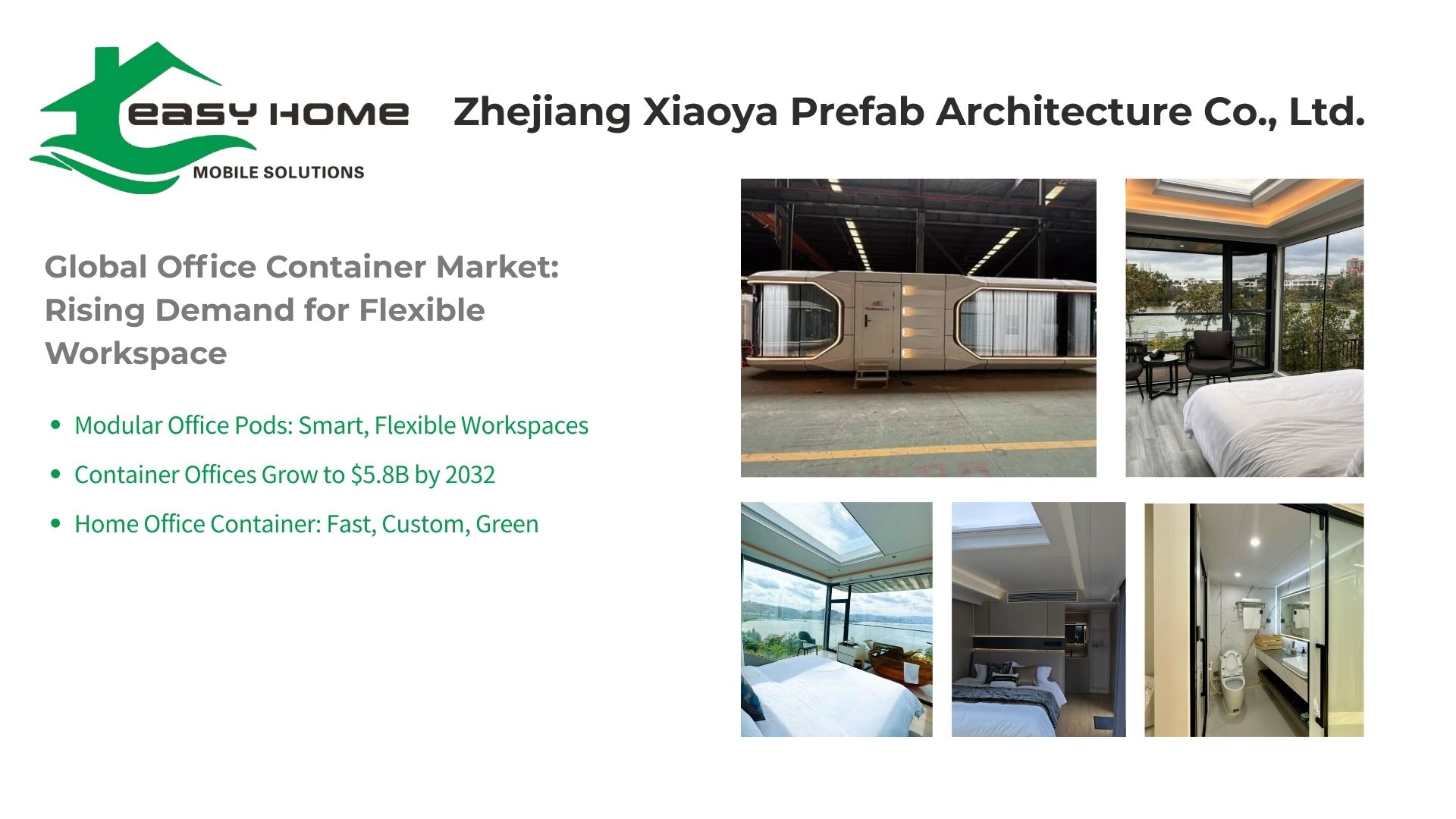
Table of Contents
-
Market Snapshot & Growth Drivers
-
Remote Work Trend: Backyard & Home Pods
-
Business Use Cases: Construction to Expo
-
Customization & Fast Deployment
-
Cost and Time Advantages
-
Market Growth Data & Projections (2023–2032)
-
Regional Insights: North America, Europe, APAC
-
Design & Technical Innovations
-
EasyPrefab’s Role in Office Container Supply
-
Regulatory & Infrastructure Support
-
Investment ROI & Use Case Scenarios
-
Conclusion: Why the Office Container Market is Unstoppable
Full Article (≈2,000+ words)
1. Market Snapshot & Growth Drivers
In 2023, the office container market reached an estimated USD 3.2 billion, and it is projected to grow to USD 5.8 billion by 2032, at a compound annual growth rate (CAGR) of 6.8% This surge underscores the universal need for flexible, mobile, and cost-effective workspace solutions.
Key growth drivers include:
-
Adoption of remote and hybrid work models
-
Rapid deployment needs in construction, research, and emergency sectors
-
Cost pressure pushing decision-makers toward prefab modular units
-
Portable, repurposable structures for events, retail, and training
As companies and homeowners seek agility and value, containers are reinventing the office—and even home-office.
2. Remote Work Trend: Backyard & Home Pods
As remote work becomes permanent for millions, demand for private home workspaces has surged:
-
Residents are converting lawns, patios, and garages into personal office pods
-
Units provide soundproofing, fast insulation, and aesthetic alignment with homes
-
Standard container pod outfitting (insulation, lighting, HVAC, data) is ready in under a week
These pods often double as child study rooms, music studios, or media spaces—a multifunctional investment into modern home life.
3. Business Use Cases: Construction to Expo
Office containers have moved beyond the backyard into commercial settings:
-
Construction sites use them for project offices and meeting rooms
-
Training facilities deploy them as classrooms or staff hubs
-
Retail pop-ups and kiosk suites for product showcases and events
-
Trade shows with modular booths that disassemble and ship easily
Their mobility and clean install profile make them a preferred choice for short-term or relocatable business needs.
4. Customization & Fast Deployment
Standard container sizes (10/20/40 ft) can be easily tailored:
-
Custom window-wall partition modules
-
Pre-installed plumbing, electrical & low-voltage cabling
-
Soundproofing, heating, and air conditioning—plug-and-play delivery
-
Quick delivery: 4–6 weeks from order to site-ready
Clients see end-to-end deployment times at under 10 days: container arrives, hook-up, done.
5. Cost and Time Advantages
Office containers typically offer:
-
30–50% lower cost than traditional site-built offices
-
40% faster setup time, with services ongoing within days
-
Reusability & transport savings on reuse or relocations
-
Reduced construction waste, aligning with CSR goals
These efficiencies translate into rapid ROI and simplified scaling.
6. Market Growth Data & Projections
Recent market analysis reveals
-
2023: USD 3.2 billion total market
-
2032 Forecast: USD 5.8 billion (CAGR 6.8%)
-
2024 Estimate: USD 3.4 – 3.5 billion
-
2032 North America portion: ~35%–40% of the total
Modular office adoption—driven by hybrid work and global events—makes this a lasting portfolio, not a fad.
7. Regional Insights: North America, Europe & APAC
-
North America: Growth in ADUs and construction sector offices
-
Europe: Fast adoption in education, training, and urban infill projects
-
APAC: Hot demand in China and India for remote learning pods and site offices
Regional regulations and incentive schemes increasingly favor modular build solutions.
8. Design & Technical Innovations
Renewed innovation is reshaping container offices:
-
Machined corner panel fit systems for quick assembly
-
Integration of smart sensors, Wi‑Fi, solar roofs
-
Stackable combos to create multi-room office suites
-
Upgraded finishes rival traditional office interiors
EasyPrefab leads with ODM options for turnkey modular campuses.
9. EasyPrefab’s Role in Market Supply
With 20+ years in modular export markets, EasyPrefab House offers:
-
Modular office container units with smart and green options
-
OEM partnerships and custom layouts for multinational clients
-
Compliance in North America, EU, Australia shipping zones
-
Delivery in 30–45 days with global support teams
Their flexibility scales from one backyard pod to multi-cabin site offices.
10. Regulatory & Infrastructure Support
Key policy drivers include:
-
California and BC ADU laws allowing backyard modules
-
UK & EU retrofit funding for prefab modular build
-
Temporary use waivers during disasters or pandemics
Office container suppliers are aligning with these frameworks to fast-track deployment.
11. Investment ROI & Use Case Scenarios
ROI examples:
-
Home office pods: USD 15 k–30 k pod cost, increased property value, remote work savings
-
ADUs: Rental returns in 12–20 months
-
Site offices: Day-to-day savings with reusability over multi-year projects
-
Pop-ups & kiosks: Event ROI in weeks with potential revenue-generating use
By combining flexibility and cost-efficiency, container offices can become a profitable strategy for homeowners and SMEs.
12. Conclusion: The Future Is Modular
The office container market is no niche—it’s a seismic shift in how we work, learn, and operate spaces:
-
Rapid growth: USD 3.2B → USD 5.8B by 2032 (CAGR 6.8%)
-
Increasing demand from remote work, commercial mobility, and sustainability
-
Technological advances in smart, stackable, and hybrid container homes and offices
-
EasyPrefab is ready to deliver from backyard pods to campus-sized modular hubs
If you're planning a home office, project site setup, or pop-up workspace, container offices offer unmatched speed, customization, and ROI.
Contact EasyPrefab to explore modular office solutions for your next project.
Pls check www.easyprefabhouse.com and send inquiry to dzswb@hzxiaoya.com




